Mar 10, 2020
Tokushima district encourages foreign visitors to mix work and play

Guidebooks have been touting the Iya Valley in Tokushima Prefecture, western Japan, as a kind of Shangri-La for some years now, but in Nishi-awa in the prefecture’s West and the base for many visits to the valley, locals are setting their sights on getting foreign visitors to stay a little longer, and maybe doing a bit of work in the process.
By promoting and facilitating the reality of the “workation” concept the Tokushima Prefectural Government West District Administration Bureau along with other local businesses and organizations is putting into practice a plan to support visitors to Nishi-awa in combining their vacation with work (or vice versa) and thus extend their stay in the region.
VIDEO: Workation in rural Japan: Regional revitalization, "with corona" remote work solution
On the surface at least, Nishi-awa would appear to have the “vacation” aspect well-covered. This is an area rich beyond avarice when it comes to natural attractions, as if the magical Iya Valley alone wasn’t enough.
Nishi-awa’s towns and cities (Mima City, Miyoshi City, Tsurugi Town, Higashi-miyoshi Town) straddle the mighty Yoshino River, the Koboke section of which was the venue for the IRF World Rafting Championship in 2017. Away from the waters in the surrounding mountains further outdoor adventure awaits with hikes between waterfalls and giant trees, paragliding, even skiing.
Closer to town old streetscapes and a rich heritage of traditional Japanese arts and crafts reflect the area’s location as the “navel” of Shikoku, a transportation hub where people, cultures and goods came together.
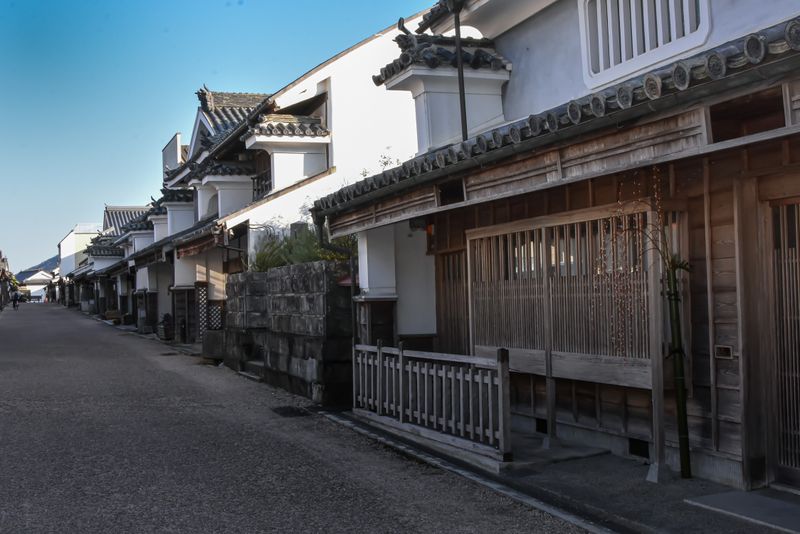
(Nishi-awa's udatsu townscapes among the area's historical attractions)
If further proof were needed of Nishi-awa’s vacation credentials, it can be presented in the form of three different certifications -- recognized by the Japan Tourism Agency as a “Tourism Zone,” by the Ministry of Agriculture, Forestry and Fisheries as a “Food and Agricultural Scenic Area” and by the United Nations Food and Agriculture Organization which certified the area’s slope farming system as a “Globally Important Agricultural Heritage System” -- otherwise unprecedented in Japan, according to the Tokushima Prefectural Government West District Administration Bureau.
With all these vacation riches it’s little surprise that people are attracted to Nishi-awa, the challenge now though, is getting them to stay.
Nishi-awa (population around 80,000), like many rural communities across Japan, is facing a fight against depopulation, with young people leaving the area in pursuit of further education and work. In Miyoshi City in 2019, of the around 300 graduates from the city’s three high schools only around six percent remained in the city to work, with the vast majority leaving the area to pursue further education, according to the local government.
“It’s not about lamenting the fact that we have a declining population. As a representative of the local government I have to be positive about how we can make this a great place for people to stay,” said Tadahiro Fujikawa of the Tokushima Prefectural Government West District Administration Bureau.
A part of this has been to provide spaces in Nishi-awa in which people can work, if not the work itself.
Speaking to us on the second-floor of shared working-space facility MINDE in the city of Miyoshi, Fujikawa introduced to us, with charming enthusiasm (and sporadic English), the appeals of Nishi-awa and its selection in 2017 by the Ministry of Internal Affairs and Communications as a location for a trial satellite office project. The project was set up to support local governments working to establish satellite offices in order to create a flow of people and information to local areas.
The people behind Nishi-awa’s satellite offices are now looking to broaden that flow to include foreigners. They are targeting those foreigners who come directly to the area from overseas as well as those foreigners already in Japan working for foreign-owned “gaishikei” companies (Google has already been for a look around) or other organizations.
Certainly in MINDE the project would appear to have found a fine model to show off. The expansive facility, redeveloped from an old merchant home that had been empty for a decade, features an airy, attic-space meeting room, a tatami room, shared work desks and a cafe, all centering around a spacious courtyard. There are even accommodation facilities.
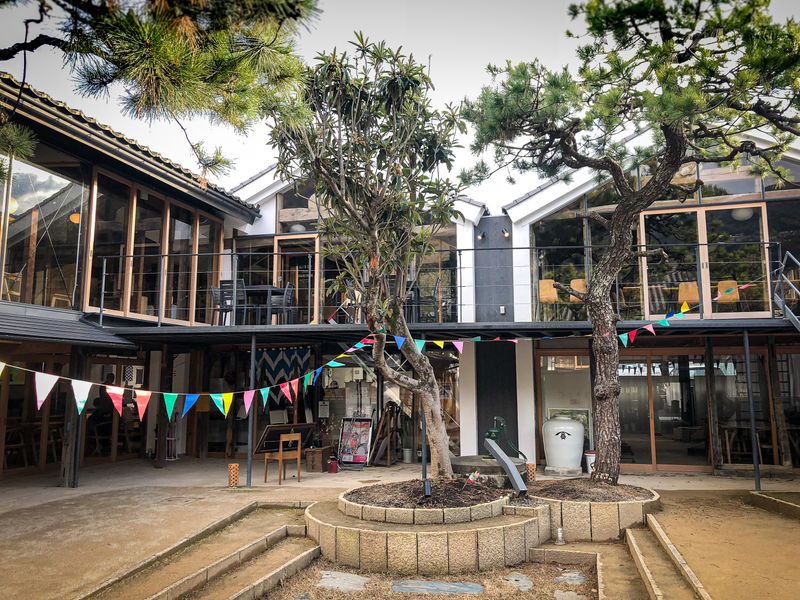
(Courtyard at satellite office facility MINDE, Miyoshi City, Tokushima Prefecture)
MINDE’s warm wood tones and floor-to-ceiling windows looking out over the peaceful Miyoshi townscape to the mountains beyond are a far cry from the brutal, bland greys of our own Tokyo skyscraper base. It’s easy to see how over 18,000 visitors had been attracted to the facility in the last year. Perhaps the only thing missing here is a sofa or two and a selection of English-language magazines, but then this is supposed to be a place of work!
MINDE is just one example of a number of facilities across the region that have been remodeled as shared working spaces over recent years in Nishi-awa, an effort that has seen 17 companies from Tokyo and the Kansai region of Japan establish satellite offices in the area.
And there could be more offices on the way.
During our visit to the area earlier this year we met with Yuka Sawano from production / creative company Data Pro. The company has been working with local authorities and businesses in Nishi-awa, taking on a kind of concierge role to help introduce and ingratiate companies and individuals to the area, and show them and the wider world the benefits of the satellite-office life, team City-Cost included.
In Tsurugi Town, among an old urban landscape of decorative udatsu eaves, Sawano showed us around two spaces that local authorities are eyeing up as potential satellite offices.
One space occupies a small, second-floor room in the grounds of the Former Nagai-ke Shoya Residence, a building constructed in 1791 and now designated a cultural property by the town.
From the room’s shutter-windows we could look out over the old grounds which encompass a Japanese garden and fruit trees and beyond to Nishi-awa’s cultivated mountain slopes. It was easy, and pleasant, to imagine cracking open the laptop at some counter seating, pausing from work every now and then to take in the view. Downstairs and the overhang of the building’s ornate roof shelters the potential for a nice al fresco coffee break area.
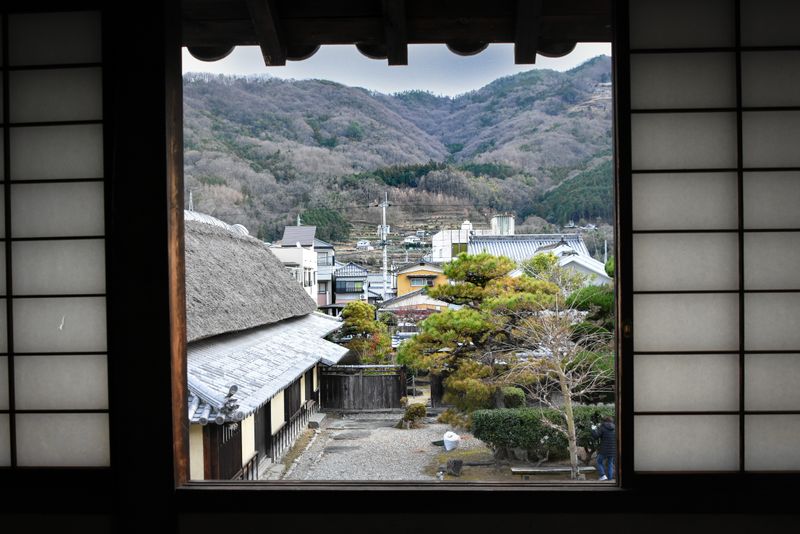
(Workspace with a view, Tsurugi Town, Tokushima Prefecture)
On the area’s main Ichiu Road, running through the heart of the udatsu landscape, Sawano took us to Orimoto-ya, a building reconstructed in the Meiji Era to serve as a mercantile house in the sake-brewing industry.
Now a national cultural property, the ground floor of Orimoto-ya functions as an event space and information center. Precipitous wooden stairs lead to the building’s spacious second floor and another potential satellite office, with views to the street below, the scene of one of Tokushima’s celebrated Awa Odori events.
We ended our time in the city of Mima and the town of Wakimachi where another of the area’s udatsu townscapes is home to active satellite office space Mori-Tei.
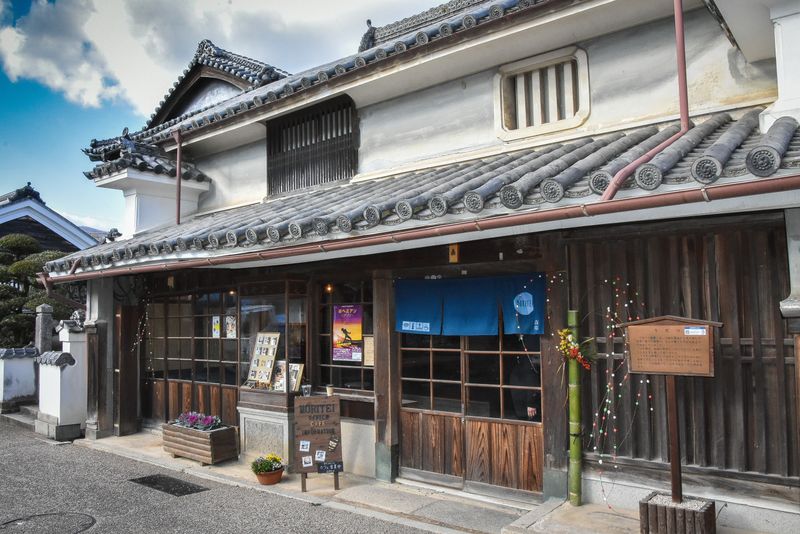
(Mori-Tei, Mima City)
Dating back around 150 years, the former store (selling miso and shoyu) Mori-Tei opened as a satellite office in 2017 (an on-site cafe soon followed). According to manager Daichi Misu, the facility retains much of the old store’s fixtures, including an original raised display space which now houses a large, shared desk, and a chalkboard still displaying the price of shoyu from when the building functioned as a store.
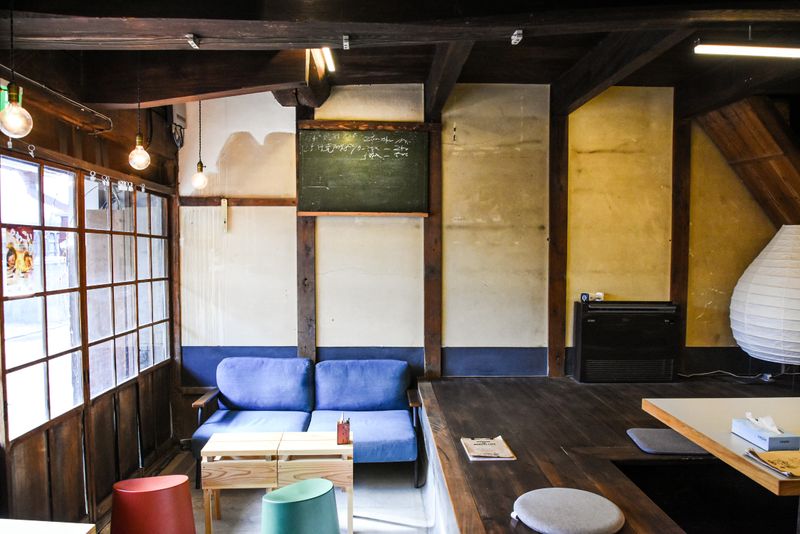
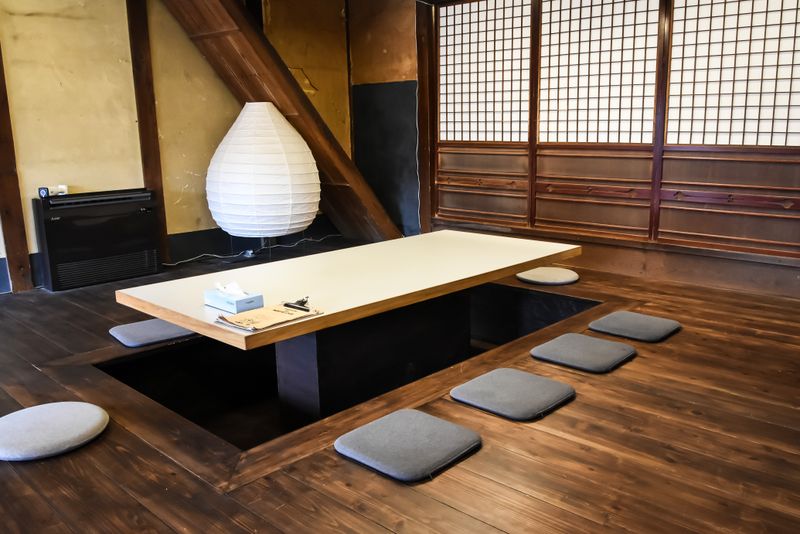
(Work environment inside Mori-Tei, Mima City)
“Most of the people who come to work here are fairly young, up to around their 40s. Many of them work on blogs or do video editing, creative work like this,” explained Misu, highlighting perhaps one of the key factors to be considered for both the locals behind the satellite offices in Nishi-awa and the people they are trying to attract -- the kind of work that foreigners can come here to get done.
With a lack of industry and available jobs that people educated and trained in Japan’s larger cities want to do, it seems that creativity might be the key to success here -- Nishi-awa, the place and the people, is providing the setting (and what a setting!), spaces and facilities for people to get creative, now all they need is the creative types.
Still, in Tokushima Prefecture, Japan has a region well versed in drawing people out of the cities and into the countryside in pursuit of an alternative and better life, and some of the fastest broadband internet in the country. Since the late 90s neighboring Kamiyama has been a forerunner in the country in bringing creative types out of the city and into the hills to explore their potential. Nishi-awa’s history of being a refuge from urban turmoil goes back even further. Back to the Iya Valley where after the Gempei War in the late 12th century a defeated Heike Clan, driven out of the former capital of Kyoto, is rumored to have settled in the safety and seclusion of the Iya’s precipitous mountainsides.
Perhaps the call of the valley will be heard again today by a new demographic, not defeated but armed with a laptop, an open mind and a creative spirit.
Read more about "workation" on City-Cost
Workation: Revitalizing rural Japan and weary office workers
Japan getting to grips with telework, fine tuning needed to go fully remote



4 Comments
genkidesu
on Mar 10
Those views are just something else...wow. What a pleasant place to work from!
helloalissa
on Mar 10
There's definitely some appeal to remodeling an old Japanese house in the countryside and living a simple quiet life.
City-Cost
on Mar 10
@genkidesu - Yeah, certainly a change of pace from the big city. The views could be a distraction though and we'd be at risk of spending too much time in the attached coffee counters and cafes in some of these places!
City-Cost
on Mar 10
@helloalissa - It does have it's appeals, doesn't it? It's difficult to judge though. You visit these places in the short term and it all seems great, but how long would that feeling last? It's bit of an unknown, for us at least. In this regard, the "workation" style could help people to make a more informed decision about such lifestyle changes.